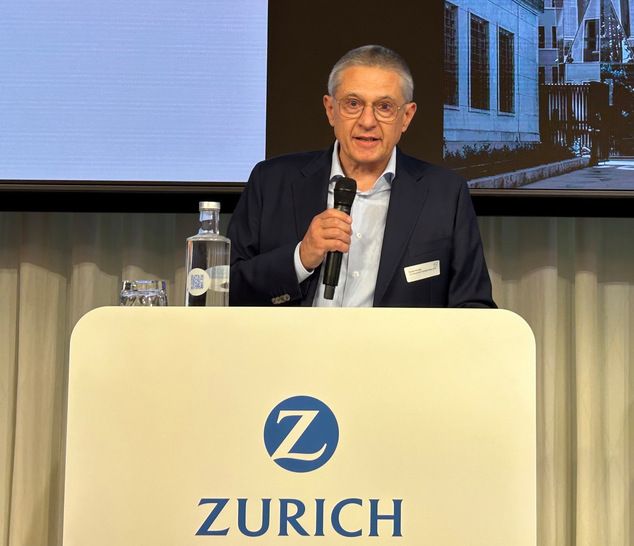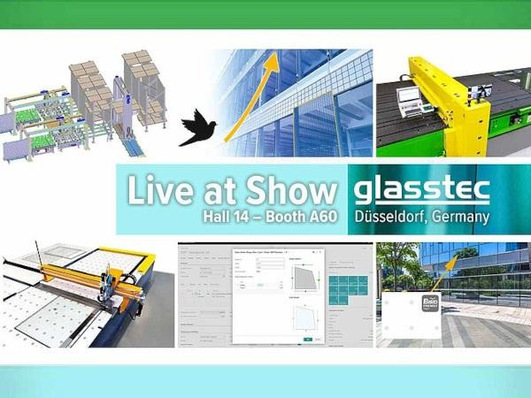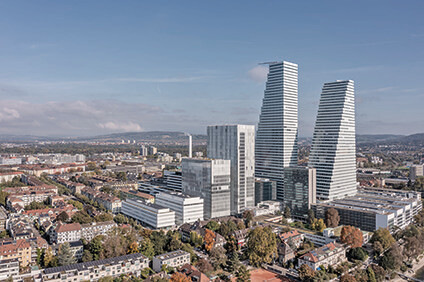The Quai Zurich Campus, an ultra-modern yet listed building on Mythenquai in Zurich, provided the perfect backdrop for this dialogue. With its exciting prismatic glass facade and the use of state-of-the-art energy efficiency technologies, the campus represents a pioneering example of a future-oriented building that meets the highest ecological architectural standards. The Leed, Minergie-P-ECO and Well-Platinum certifications are clear proof of this.
European Green Deal will drive the glass industry forward
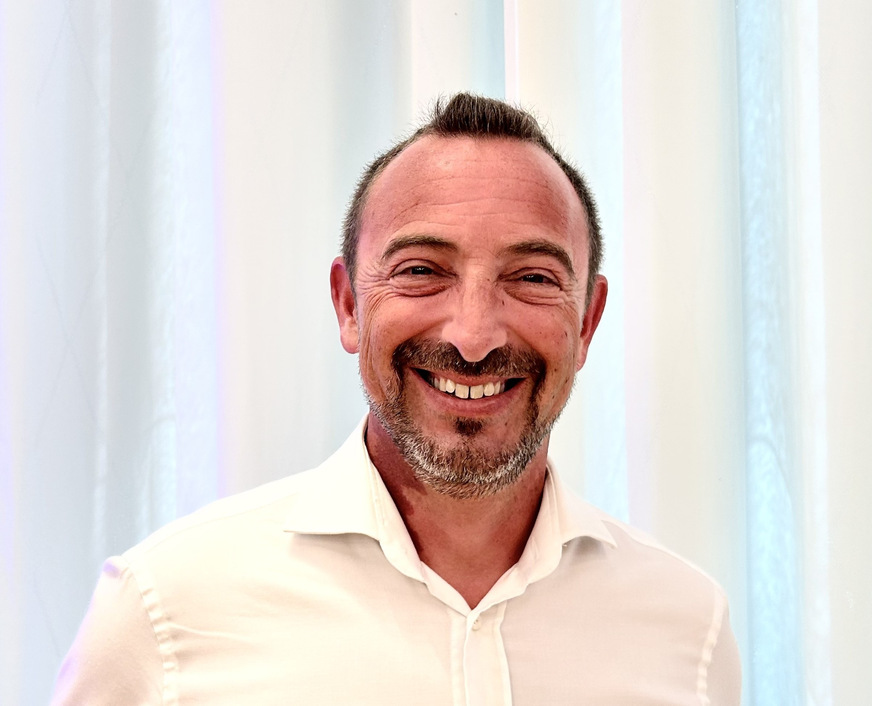
Matthias Rehberger / GW
A key topic at this year's Glass Meeting was the presentation by Bertrand Cazes, Secretary General of Glass for Europe. Cazes emphasised the immense importance of the European Green Deal for the glass industry.
See also: Advanced Building Skins 2024: New solar facades in focus
The Green Deal aims to achieve the EU's climate targets and make Europe climate-neutral by 2050. According to Bertrand Cazes, this will have a significant impact on the glass industry. The need to reduce CO₂ emissions and promote energy efficiency will be decisive factors for the success of glass products in the future.
To achieve this goal, the key principles of European climate policy include
Every industrial sector is called upon to significantly reduce its emissions in order to achieve the climate targets. The focus is on energy efficiency, both in production and in end consumption. The polluter pays principle is applied to industry, i.e. companies that emit CO₂ must take responsibility for this and take appropriate measures.
Investment in sustainable technologies and infrastructure will be promoted to support the transition to a low-carbon economy. Glass companies that take appropriate measures can also benefit from this.
CO₂ savings through energy-efficient glass
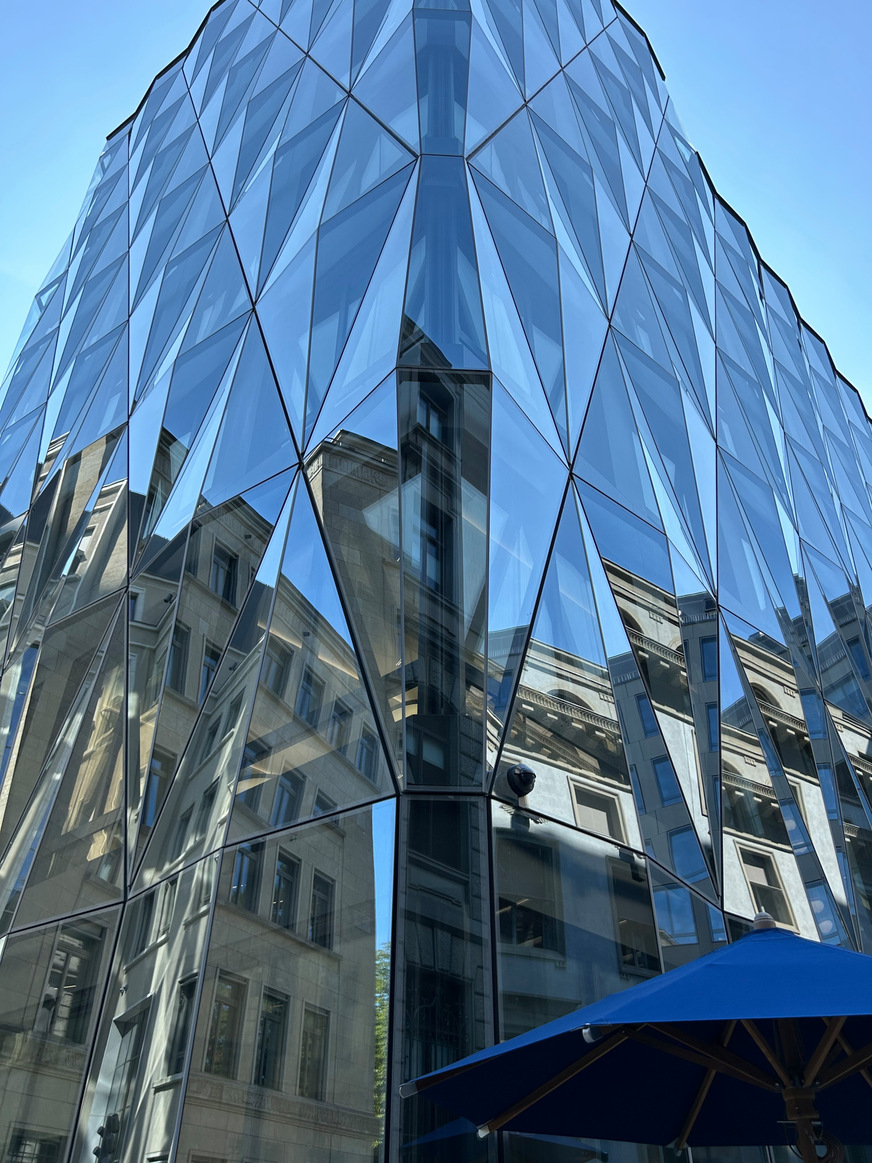
Matthias Rehberger / GW
Bertrand Cazes emphasised the importance of energy-efficient glass products for climate protection. He explained that the CO₂ released during the production of a highly efficient double insulating glass pane is offset within 6 to 20 months due to the energy savings achieved. This property makes energy-efficient glass an important building block in achieving climate targets.
However, Bertrand Cazes also pointed out that the production of glass without CO₂ emissions is possible, but is currently still very costly. Further technical innovations and patience are needed to achieve the complete decarbonisation of the glass industry.
Current research at the TU Darmstadt
Another exciting contribution came from Dr Miriam Schuster, who works at the Glass Competence Centre at the Technical University of Darmstadt. She presented current research topics relating to glass products and glass construction. Schuster emphasised that a deep understanding of a product is crucial in order to be able to use and evaluate it optimally.
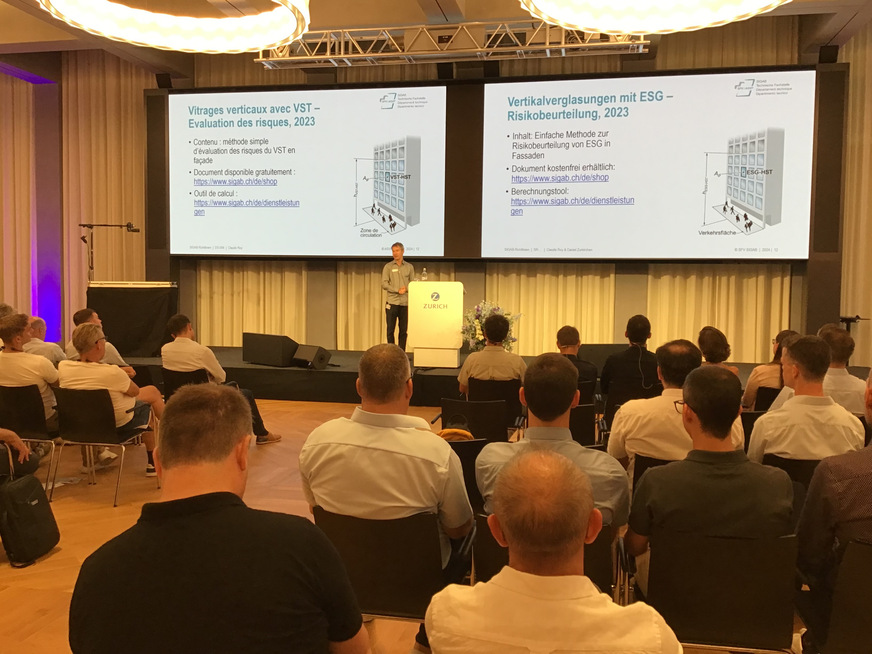
Matthias Rehberger / GW
One focus of her research is on the development and application of non-destructive testing methods that make it possible to better assess the service life and sustainability of glass products. These tests are particularly important as they check the integrity and performance of glass products without damaging them. This in turn helps to significantly reduce costs for glass companies, as there is no need to create and destroy expensive, complex test specimens.
Daylight and its impact on health
Prof Dr Marilyne Andersen from the École Polytechnique Fédérale de Lausanne (EPFL) addressed the topic of daylight and its importance for human well-being.
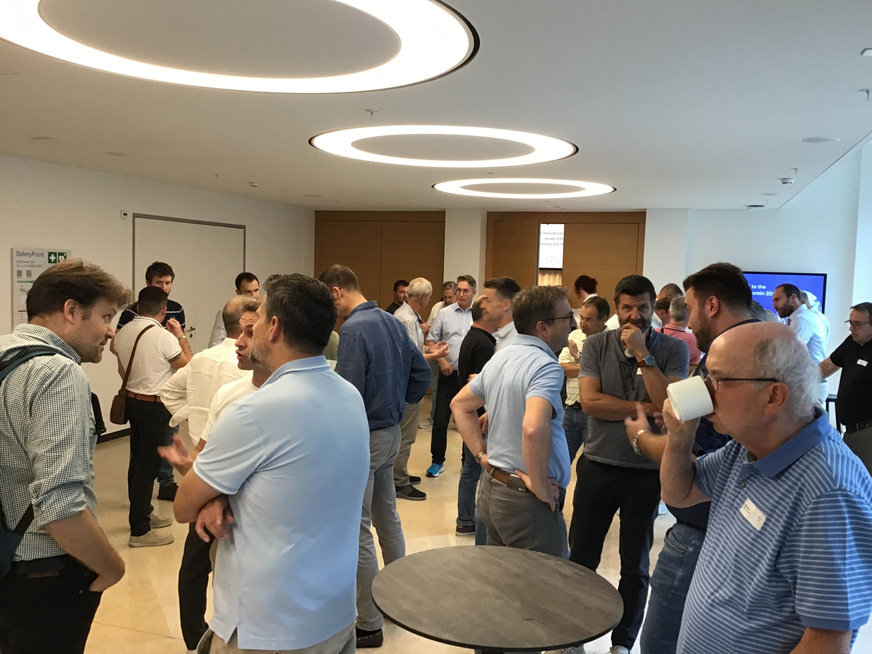
Matthias Rehberger / GW
The right amount of daylight is crucial for the well-being of people in buildings. Glass products must therefore be designed in such a way that they allow the optimum amount of light to enter without compromising comfort.
Andersen highlighted that daylight offers a much higher quality than artificial light and should therefore be favoured to maximise the wellbeing of occupants in buildings.
New glass construction developments
Dr Vlad Silvestru from ETH Zurich presented innovative concepts for toughened glass beams and the thermal treatment of aged glass. Among other things, his research is investigating how old glass from demolished buildings can be made fit again. Tests are being carried out to make old glass panels usable again through thermal treatment and other techniques.
This could make an important contribution to reducing waste and conserving resources. However, the question arises as to whether the financial outlay is worthwhile, and this must be recalculated in each case.
Also interesting: Whisky of the highest order is made on this mountain top
Manuel Boerwanger from BIFF AG in Lausanne spoke about the integration of photovoltaic glass into facades to make buildings even more energy efficient by integrating solar energy directly into the building envelope. Although the initial costs are high, the investment pays off after around 8 to 10 years, especially if many devices in the building are operated with solar power.
The third SIGAB Glass Meeting in Zurich was an all-round successful event.
Matthias Rehberger

SIGAB
About the SIBAG
The SIGAB is a neutral technical centre of expertise for glass in construction, formerly the Swiss Institute for Glass in Construction. www.sigab.ch







